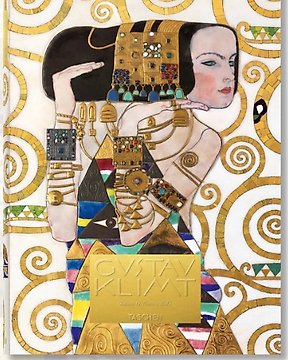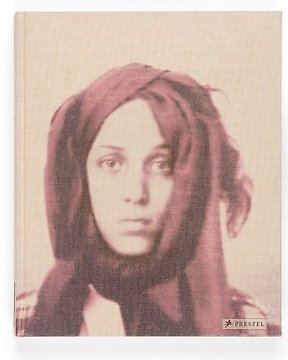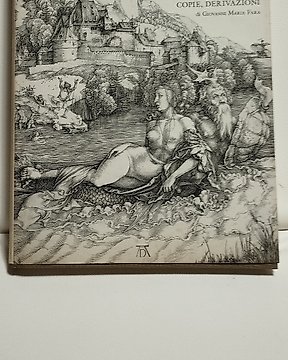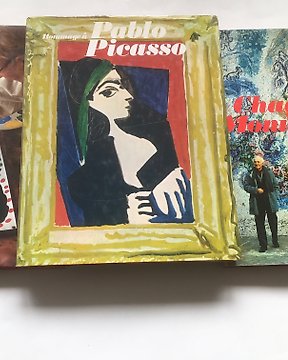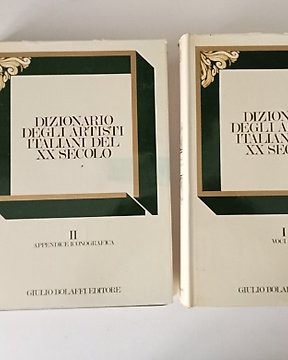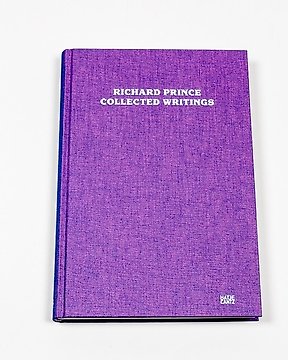Parfait
Ver traduzidoExcellent enjoy this exceptional publication
A Catawiki está continuamente a atualizar a sua tecnologia. Está atualmente a utilizar um navegador desatualizado. Para otimizar a sua experiência de navegação, atualize o seu navegador.
Pode definir as suas preferências de cookies utilizando os botões abaixo. pode atualizar as suas preferências, retirar o seu consentimento a qualquer momento e ver uma descrição dos tipos de cookies que nós e os nossos parceiros utilizamos na nossa Política de cookies.
N.º 85310449


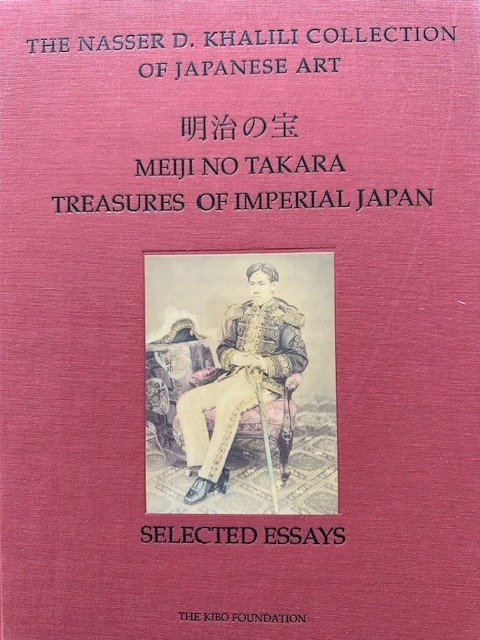
The Nasser D.Khalili Collection of Japanese Art, Meiji No Takara, Treasures of Imperial Japan, Selected Essays,Volume I, 210 pages,and Lacquer,Part I,Volume IV, 255 pages, The Kibo Foundation,1995
The Khalili Collection of Japanese Art is a private collection of decorative art from Meiji-era (1868–1912) Japan, assembled by the British-Iranian scholar, collector and philanthropist Nasser D. Khalili. Its 1,400 art works include metalwork, enamels, ceramics, lacquered objects, and textile art, making it comparable only to the collection of the Japanese imperial family in terms of size and quality. The Meiji era was a time when Japan absorbed some Western cultural influences and used international events to promote its art, which became very influential in Europe. Rather than covering the whole range of Meiji-era decorative art, Khalili has focused on objects of the highest technical and artistic quality. Some of the works were made by artists of the imperial court for the Great Exhibitions of the late 19th century. The collection is one of eight assembled, published, and exhibited by Khalili.
Although the collection is not on permanent public display, its objects are lent to cultural institutions and have appeared in many exhibitions from 1994 onwards. Exhibitions drawing exclusively from the collection have been held at the British Museum, Israel Museum, Van Gogh Museum, Portland Museum, Moscow Kremlin Museums, and other institutions worldwide.
The collection is one of eight assembled by Nasser D. Khalili, each of which is considered among the most important in its field. Three of them include works from Japan: the collection of Japanese art, the Khalili Collection of Kimono, and the Khalili Collection of Enamels of the World. Khalili observed that Japanese arts were less well-documented than European arts of the same period, despite being technically superior: "Whilst one could argue it is relatively easy to replicate a Fabergé, to replicate the work of the Japanese master is nigh on impossible." As well as assembling these collections, Khalili founded the Kibo Foundation (from the Japanese word for "hope") to promote the study of art and design of the Meiji era, publishing scholarship about the collection and its historical context.
MEIJI NO TAKARA – Treasures of Imperial Japan; Selected Essays
VOLUME I
Oliver Impey and Malcolm Fairley with contributions by Gunhild Avitabile, Ellen P. Conant, Rupert Faulkner, Hida Toyojiro, Janet Hunter, Anna Jackson and Sato Doshin
Published 1995
This collection of six illustrated essays provides essential background information on the history of the Meiji period (1868–1912). Janet Hunter of the London School of Economics describes the drastic changes brought by the Meiji revolution.
Sato Doshin of Tokyo National University of Fine Arts and Music analyses the Meiji bureaucrats’ efforts to promote the craft industries, and Hida Toyojiro of the National Museum of Modern Art investigates the motivations and working methods of Japanese entrepreneurs.
The next two essays, by Gunhild Avitabile and Ellen Conant, celebrate the lives of two Westerners, the German Gottfried Wagener and the Irishman Captain Frank Brinkley, who profoundly influenced the course of Meiji-period craft industries.
The last essay, by Rupert Faulkner and Anna Jackson of the Victoria and Albert Museum, explores the formation of that museum’s extensive Japanese holdings during the 1870s and 1880s.
This volume will serve as an invaluable starting-point for the further study of the Meiji period and its art.
Details
210 pages; fully illustrated in colour; 40 x 30 cm; hardback with slipcase; 1995; ISBN: 978-1-874780-01-4
Meiji No Takara – Treasures of Imperial Japan
Lacquer Part One,VOLUME IV
Authors/Contributors: Oliver Impey, Malcolm Fairley and Joe Earle with contributions by Goke Tadaomi, Julia Hutt and Edward Wrangham
Published 1995, fully illustrated in colour; 40 x 30 cm; hardback with slipcase; ISBN: 978-1-874780-04-5
Due to strong continuities of type and style in this most characteristically Japanese of arts, the first of the two parts making up this volume includes several pieces dating from the 17th to the 19th century.
The revival of the classical style is covered in depth, with major works by such revered figures as Nakayama Komin (1808–70) and Shirayama Shosai (1853–1923) and there is a large group of examples of shibayama work which combines lacquer with other materials to create a rich and exotic effect.
The centrepiece of the Collection is an extravagantly decorated cabinet by Harui Komin (b. 1869) presented by the Japanese Crown Prince to the future King Edward VIII of England in 1921.
An introductory essay by Julia Hutt of the Victoria and Albert Museum chronicles the development of lacquer in response to Western demand, while Edward Wrangham, one of the world’s foremost lacquer collectors, contributes an article on the Rimpa style.
The Nasser D.Khalili Collection of Japanese Art, Meiji No Takara, Treasures of Imperial Japan, Selected Essays,Volume I, 210 pages,and Lacquer,Part I,Volume IV, 255 pages, The Kibo Foundation,1995
The Khalili Collection of Japanese Art is a private collection of decorative art from Meiji-era (1868–1912) Japan, assembled by the British-Iranian scholar, collector and philanthropist Nasser D. Khalili. Its 1,400 art works include metalwork, enamels, ceramics, lacquered objects, and textile art, making it comparable only to the collection of the Japanese imperial family in terms of size and quality. The Meiji era was a time when Japan absorbed some Western cultural influences and used international events to promote its art, which became very influential in Europe. Rather than covering the whole range of Meiji-era decorative art, Khalili has focused on objects of the highest technical and artistic quality. Some of the works were made by artists of the imperial court for the Great Exhibitions of the late 19th century. The collection is one of eight assembled, published, and exhibited by Khalili.
Although the collection is not on permanent public display, its objects are lent to cultural institutions and have appeared in many exhibitions from 1994 onwards. Exhibitions drawing exclusively from the collection have been held at the British Museum, Israel Museum, Van Gogh Museum, Portland Museum, Moscow Kremlin Museums, and other institutions worldwide.
The collection is one of eight assembled by Nasser D. Khalili, each of which is considered among the most important in its field. Three of them include works from Japan: the collection of Japanese art, the Khalili Collection of Kimono, and the Khalili Collection of Enamels of the World. Khalili observed that Japanese arts were less well-documented than European arts of the same period, despite being technically superior: "Whilst one could argue it is relatively easy to replicate a Fabergé, to replicate the work of the Japanese master is nigh on impossible." As well as assembling these collections, Khalili founded the Kibo Foundation (from the Japanese word for "hope") to promote the study of art and design of the Meiji era, publishing scholarship about the collection and its historical context.
MEIJI NO TAKARA – Treasures of Imperial Japan; Selected Essays
VOLUME I
Oliver Impey and Malcolm Fairley with contributions by Gunhild Avitabile, Ellen P. Conant, Rupert Faulkner, Hida Toyojiro, Janet Hunter, Anna Jackson and Sato Doshin
Published 1995
This collection of six illustrated essays provides essential background information on the history of the Meiji period (1868–1912). Janet Hunter of the London School of Economics describes the drastic changes brought by the Meiji revolution.
Sato Doshin of Tokyo National University of Fine Arts and Music analyses the Meiji bureaucrats’ efforts to promote the craft industries, and Hida Toyojiro of the National Museum of Modern Art investigates the motivations and working methods of Japanese entrepreneurs.
The next two essays, by Gunhild Avitabile and Ellen Conant, celebrate the lives of two Westerners, the German Gottfried Wagener and the Irishman Captain Frank Brinkley, who profoundly influenced the course of Meiji-period craft industries.
The last essay, by Rupert Faulkner and Anna Jackson of the Victoria and Albert Museum, explores the formation of that museum’s extensive Japanese holdings during the 1870s and 1880s.
This volume will serve as an invaluable starting-point for the further study of the Meiji period and its art.
Details
210 pages; fully illustrated in colour; 40 x 30 cm; hardback with slipcase; 1995; ISBN: 978-1-874780-01-4
Meiji No Takara – Treasures of Imperial Japan
Lacquer Part One,VOLUME IV
Authors/Contributors: Oliver Impey, Malcolm Fairley and Joe Earle with contributions by Goke Tadaomi, Julia Hutt and Edward Wrangham
Published 1995, fully illustrated in colour; 40 x 30 cm; hardback with slipcase; ISBN: 978-1-874780-04-5
Due to strong continuities of type and style in this most characteristically Japanese of arts, the first of the two parts making up this volume includes several pieces dating from the 17th to the 19th century.
The revival of the classical style is covered in depth, with major works by such revered figures as Nakayama Komin (1808–70) and Shirayama Shosai (1853–1923) and there is a large group of examples of shibayama work which combines lacquer with other materials to create a rich and exotic effect.
The centrepiece of the Collection is an extravagantly decorated cabinet by Harui Komin (b. 1869) presented by the Japanese Crown Prince to the future King Edward VIII of England in 1921.
An introductory essay by Julia Hutt of the Victoria and Albert Museum chronicles the development of lacquer in response to Western demand, while Edward Wrangham, one of the world’s foremost lacquer collectors, contributes an article on the Rimpa style.
Parfait
Ver traduzidoExcellent enjoy this exceptional publication
Beautiful piece arrived in said (perfect) condition - I am very happy😊 Excellent packaging and superfast shipping - thank you👍
Ver traduzidoThank you for the professional packing and for the good communication, I'm happy to deal with you again. The Swarovski arrived very fast and in perfect conditions. Seller highly recomanded.
Ver traduzidoReally glad that the item was delivered next day and Swarovski is in perfect condition
Top vendeur
Ver traduzidoGlad you liked this exceptional book
Perfetto. Condizioni eccellenti. Libro straordinario.
Ver traduzidotop très rapide très bien emballé
Ver traduzidoSuper c’est un beau livre
Excellent achat, envoi très rapide et soigné d'un magnifique ouvrage. Grand merci
Ver traduzidoSuper c’est un livre exceptionnel
Merveilleux !
Ver traduzidoC’est un livre exceptionnel
Items as shown on the pictures. Perfectly packed. Arrived quickly. Recommended seller!
Ver traduzidoVery knowledgeable and professional collector,
oggetto come descritto in asta. arrivato in tempi brevi e ben imballato
Ver traduzidooggetto come descritto in asta. arrivato in tempi brevi e ben imballato
Ver traduzidoarrivato in tempi brevi e ben imballato.
Ver traduzidoEverything good!!!
Ver traduzidoExcellent, am glad it reached safely.
Thanks very much. A lovely and interesting book. Quickly delivered.
Ver traduzidoBeautiful book. Carefully packaged an quickly delivered. Recommended seller.
Ver traduzidoVery beautifull Swarovski Mandarin Ducks. Well packed.👍🏻
Ver traduzidoNice pieces of Swarovski and well packed.👍🏻
Ver traduzidoBeautifull piece of Swarovski. Well packed.👍🏻
Ver traduzidoGood piece of Swarovski. Well packed. 👍🏻
Ver traduzidoVery good piece of Swarovski. Well packed.👍🏻
Ver traduzidoTop vendeur
Ver traduzidoEnjoy this wonderful publication
quick delivery . neatly packaged. very happy
Ver traduzidovraagje heb 2 stukken gekocht: verzendkosten = 40 euro per stuk=80 euro EEN (1) pakket ontvangen(2 stukken) waarom 2 x verzendkosten!!!!!!!!!!!!!!!! betalen!!!!
Ver traduzidoI usually ship each item individually and that explains reason for Euro 40 per parcel. However, on this specific occasion I combined the 2 crystal items in one DHL box to save shipment cost.
Fast delivery, item was very well packaged and in good condition.
Ver traduzidoPerfect!
Ver traduzidoExcellent, enjoy reading this splendid publication
Parfait
Ver traduzidoExcellent enjoy this exceptional publication
